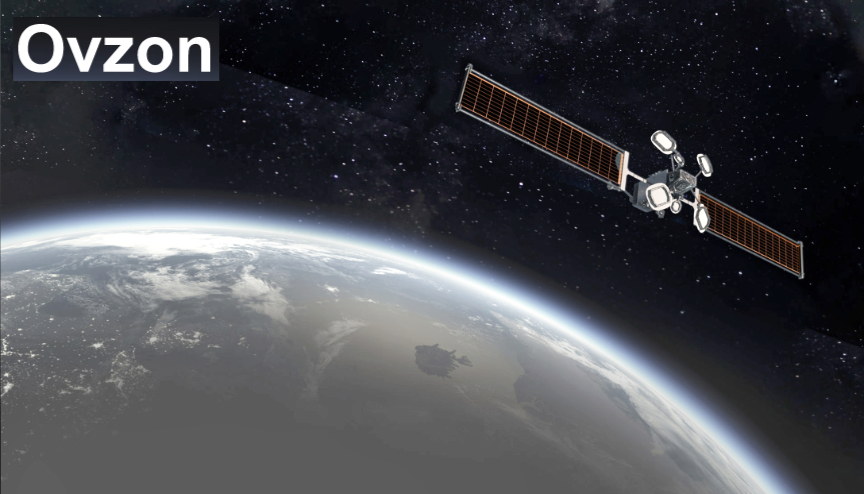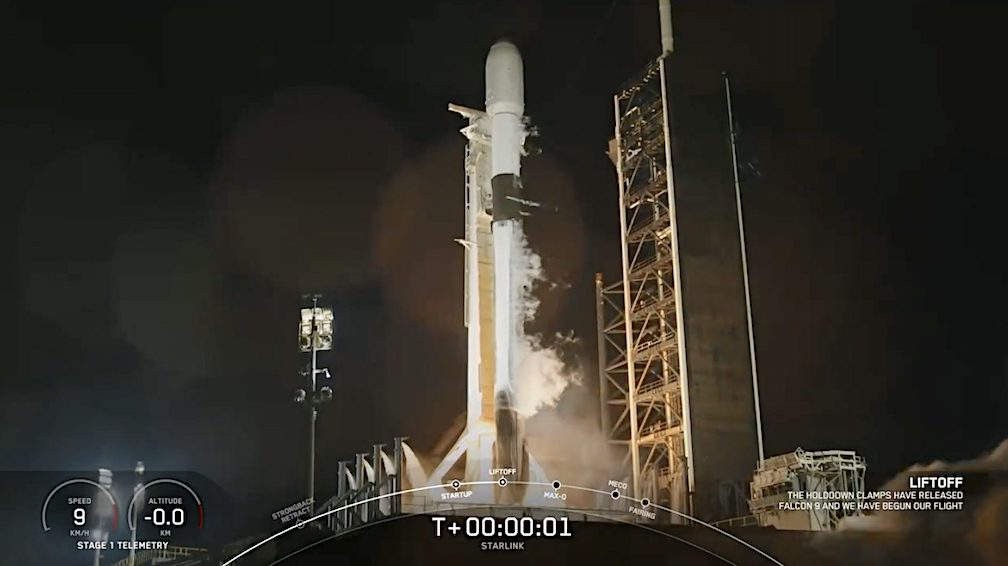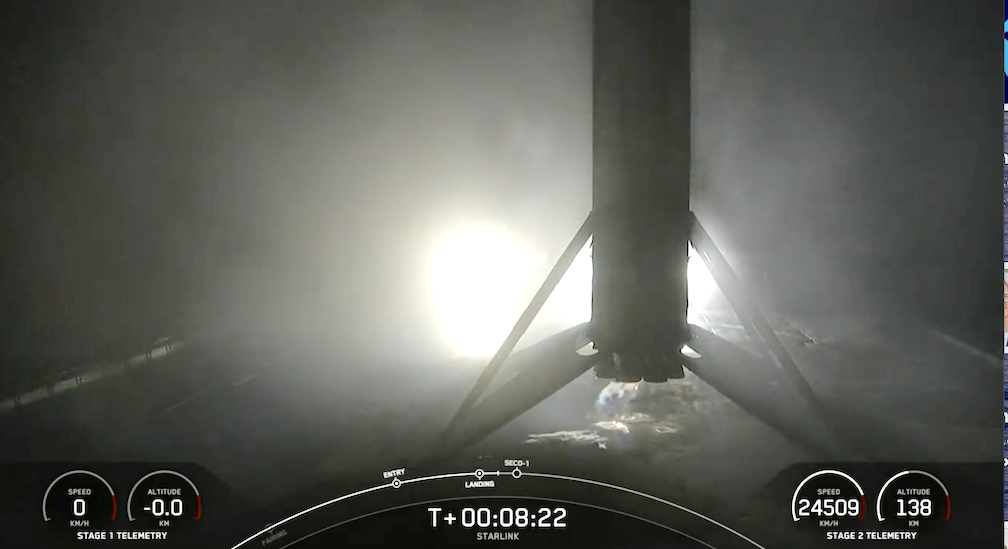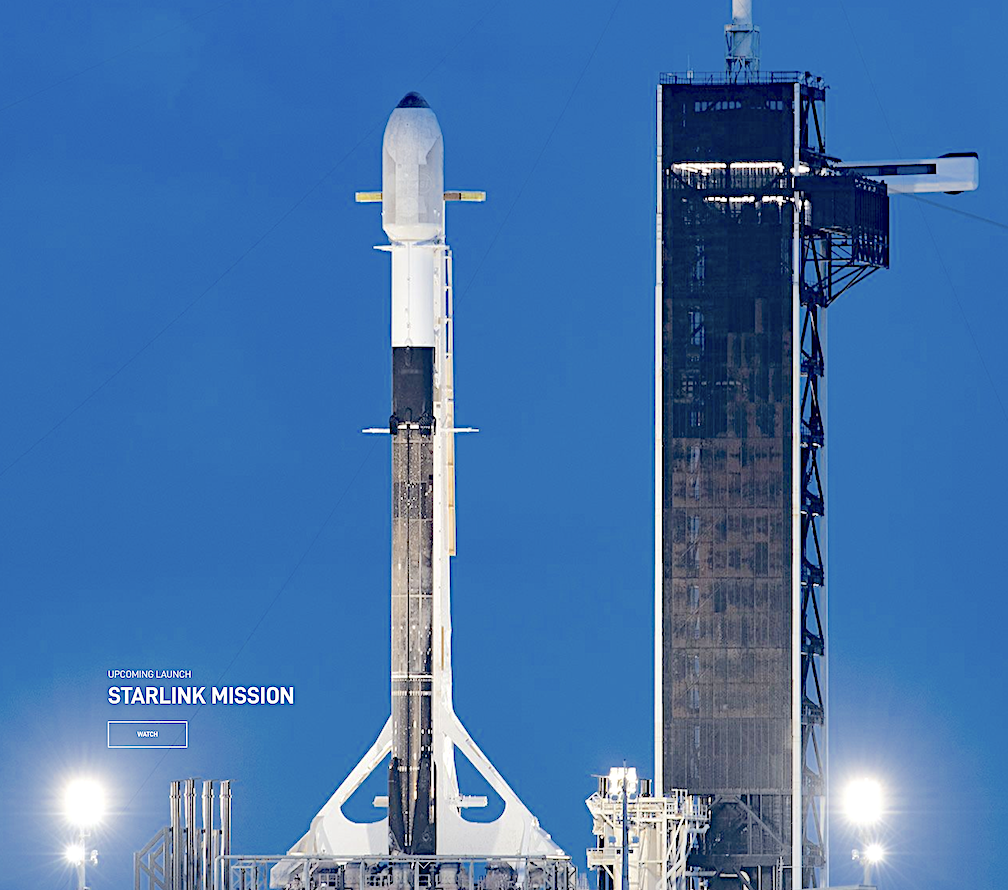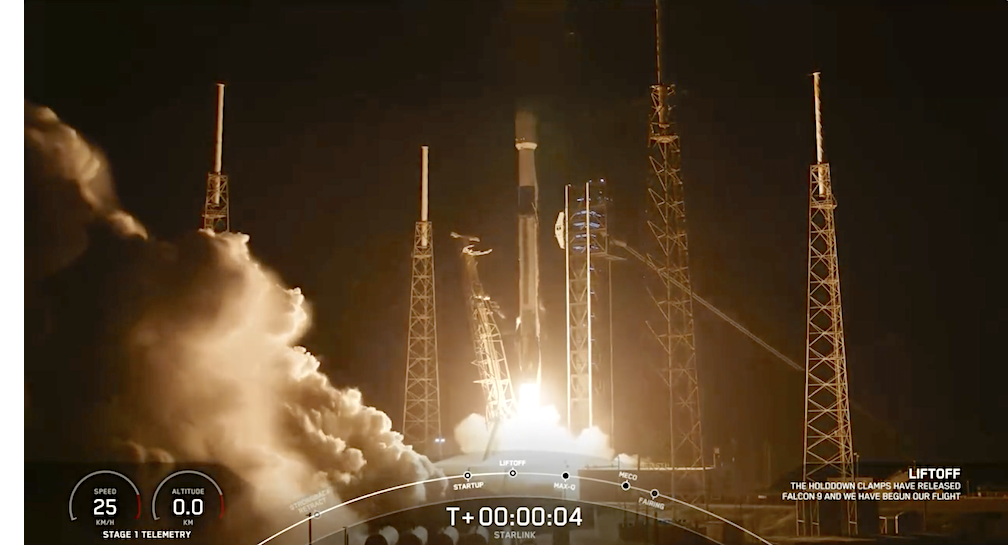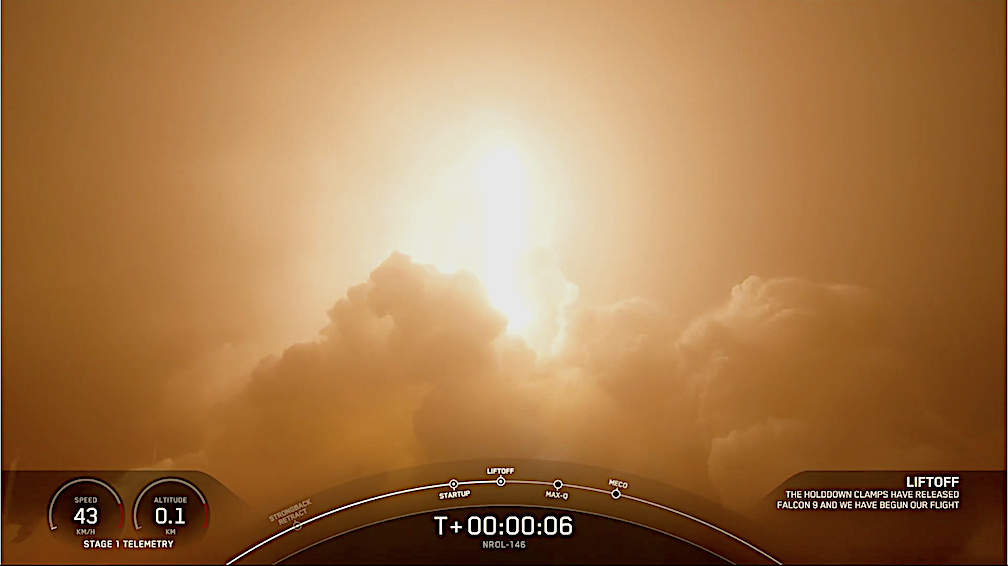
HawkEye 360 Inc. will be opening the firm’s new Vibration Testing Facility within the company’s 19,000-square-foot advanced R&D, engineering, and manufacturing facility.
This new capability will be essential for vibration testing of satellite clusters, ensuring they meet the highest durability and performance standards.
The Vibe Facility, equipped with cutting-edge technology, can simulate the intense conditions satellites encounter during launch and space operations. This addition includes an electrodynamic shaker system featuring an H-series shaker with an ST series slip-table and magnesium head expander.
This renovation adds 450 square feet of lab space, which houses the shaker table and our existing large thermal chamber from Thermotron. This allows us to perform comprehensive environmental testing at unit and spacecraft levels.

The Cluster 11 satellites will be the first to undergo vibration testing in the new Vibe Facility. This milestone marks a significant step in HawkEye 360’s ongoing efforts to enhance the quality and resilience of our satellite constellations by establishing a turnkey, end-to-end production facility where we can better control costs, production time, scalability, and quality.
“The new Vibration Testing Facility significantly enhances our testing capabilities. It allows us to conduct comprehensive vibration tests to ensure our satellites can withstand the rigors of space launch and operation,” said Tyler Lewandowski, Director of Satellite Assembly, Integration, and Test. “By streamlining the assembly, integration, and testing processes in one location, we can deliver mission-critical data to our customers more efficiently and effectively.”





